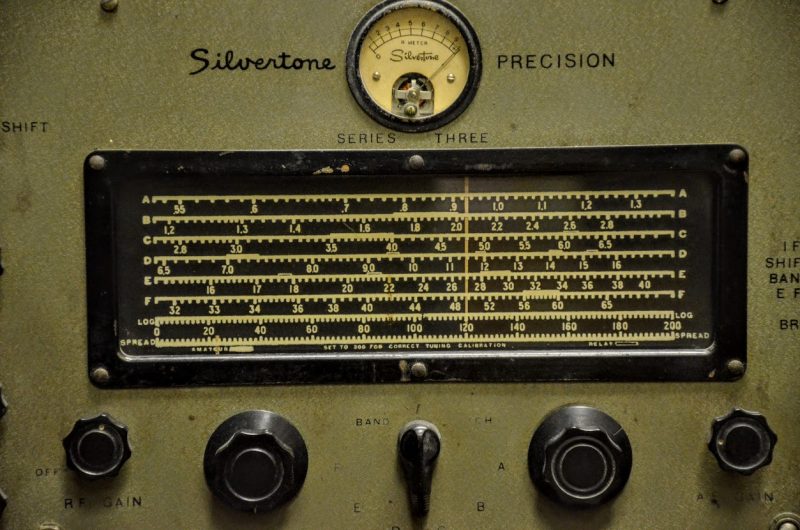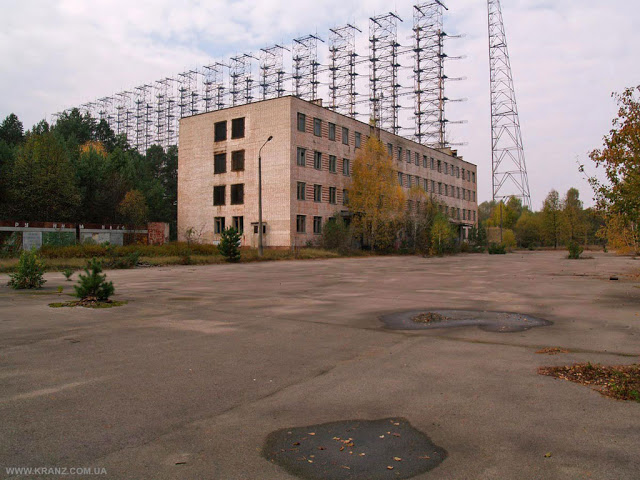 Radio Waves: Stories Making Waves in the World of Radio
Radio Waves: Stories Making Waves in the World of Radio
Because I keep my ear to the waves, as well as receive many tips from others who do the same, I find myself privy to radio-related stories that might interest SWLing Post readers. To that end: Welcome to the SWLing Post’s Radio Waves, a collection of links to interesting stories making waves in the world of radio. Enjoy!
Many thanks to SWLing Post contributors Heath Hall, Tom Daly, and Alexander (DL4NO) for the following tips:
For Decades, This Radio Station Named the Dead. Few Still Listen. (NY Times)
[Note: this article may require login to read at the NY Times]
Afghans once tuned into Radio Afghanistan twice a day to hear the reading of death notices. But in an age of social media, the voice of the nation has lost much of its sway.
KABUL, Afghanistan — Through decades of coups, invasions and endless war, Afghans tuned their radios to Radio Afghanistan every morning at 7 and every afternoon at 4:05 to hear the names of the newly dead.
One of the voices they often heard reading those death notices belongs to Mohamad Agha Zaki, at the mic for the state broadcaster for more than 42 years now. For much of that stretch, his counterpart at the station has been Ziauddin Aziz, the clerk who rushes to Mr. Zaki with the messages the public brings to the station’s small “Death Advertisements” window.
“Ads today?” Mr. Zaki, half asleep, asked on a recent dawn after opening the door to Mr. Aziz’s knock. Outside, birds chirped and the new day’s soft light covered the peaks of the tall pine trees in the station’s compound in Kabul, the capital.
No, said Mr. Aziz, who had waited behind the door in the kind of deference saved for masters of a different era. They had gone weeks without anyone arriving at the little window — just four ads in 40 days, though certainly many more had died.[…]
International Postal Service Disrupted (ARRL News)
The US Postal Service (USPS) has temporarily suspended international mail acceptance for items addressed to certain destinations due to service impacts related to the COVID-19 pandemic. This situation could result in the return or loss of mail, such as QSL cards, addressed to affected parts of the world. The USPS has posted a list of affected countries, which is updated regularly. The Postal Service will, upon request, refund postage and fees on mail bearing a customs stamp that’s returned due to the suspension of service, or the sender may re-mail returned items with existing postage once service has been restored. When re-mailing under this option, customers should cross out the markings “Mail Service Suspended — Return to Sender.”[…]
KPH Coastal Radio Station (Southgate ARC)
In this video Shannon Morse KM6FPP visits coastal radio station KPH which provided ship to shore communications using Morse code. Volunteers have preserved it and operate weekends
Watch The Last Active Morse Code Station in the US – KPH Radio Station
KPH http://www.radiomarine.org/
https://en.wikipedia.org/wiki/KPH_(radio_station)
More information about the Software Defined Radio Academy (Upper-Bavarian Bulletin)
Hamradio online
The Hamradio normally is the largest ham radio exhibition in Europe. But this year it cannot be held.
At the beginning of April, a team around the project manager Markus Heller, DL8RDS, started the project “Hamradio online”. This was only possible as DARC, the German hamradio society, started to introduce electronic collaboration tools long before Corona.
Within this virtual working environment a concept was developed of presentations, distinctions, and more. The program is being prerecorded and will partly be produced as live as possible. Especially the SDR Academy heavily depends on viewer feedback. There will also be videos from the Hamradio Convention that was held last March im Munich. These videos have not been published before.
The infrastructure is being maintained by the teams of the SDR Academy and “Facination Hamradio”. They produce the videos and streamline the installation so all action on the last weekend of June will happen smoothly. These transmissions will be transmitted through several Youtube cannels.
Obviously, personal meetings would be preferable. The advantage of this new solution are the possibly much more participants on both sides: audience and lecturers. The advantage is especially valid for the SDR Academy as most of it is done in English.
Nothing has been finalized. There is a preliminary program in German at https://www.darc.de/fileadmin/filemounts/gs/oeffentlichskeitsarbeit/Veranstaltungen/HAM_RADIO/HAMOnline_Sendeplan.pdf. Lectures held in English are announced in English. I hope an English version of the program will be created.
Do you enjoy the SWLing Post?
Please consider supporting us via Patreon or our Coffee Fund!
Your support makes articles like this one possible. Thank you!


